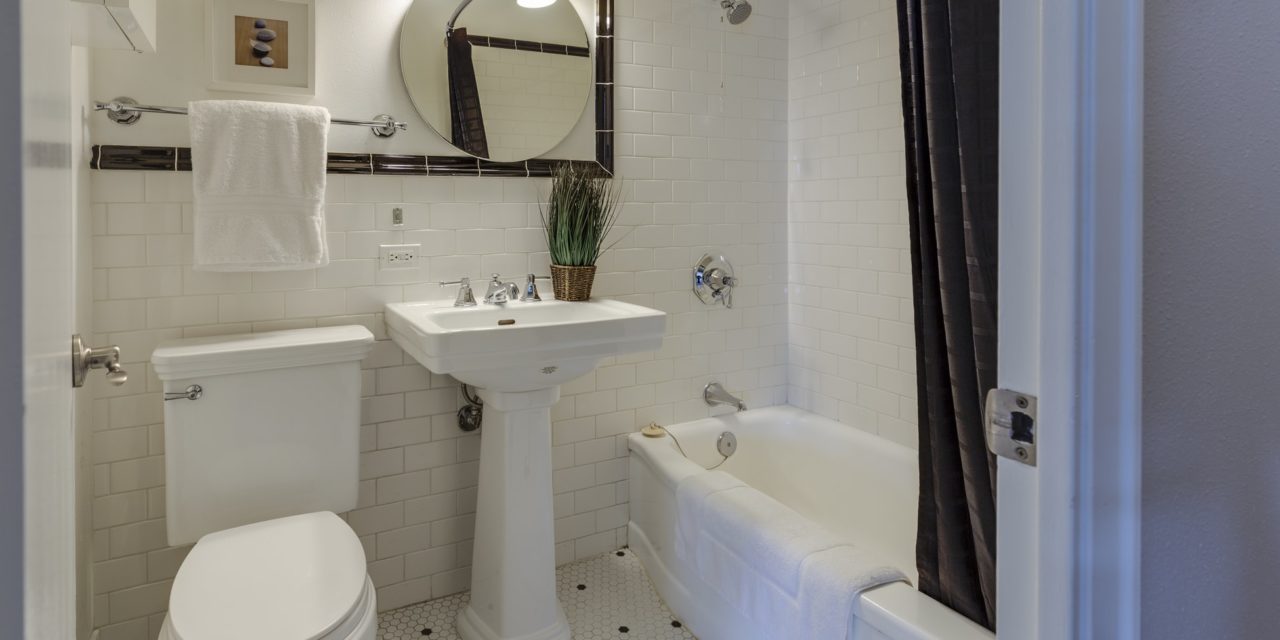Alabama Jumpers make one of the most rugged fishing worms since they have a tougher outer skin layer enabling them to remain on the hook better than many other varieties of worms. The name itself should give you an idea of the action they exhibit when dipped into your local fishing hole.
Alabama Jumpers do well in a warm environment as they originate in the tropical and subtropical regions however are known to live in the soil as far north as Chattanooga Tennessee. They fair well but become a little sluggish once the temperatures reach into the mid fifties inside a compost pile.
Starting with raising Alabama Jumpers outside for yard and garden composting as well as for fishing, you will need a compost pile basically consisting of carbon based products such as shredded newspaper and cardboard or hay. As this decomposes it will generate some warmth for your worms to assist in keeping them warm.
Contrary to beliefs, Alabama Jumpers thrive well when fed vegetable scraps too, heeding caution to heating up the entire pile at once. To avoid this, place your food scraps into one corner of the pile, under the shredded material or hay and move clockwise or counter clockwise as you continue to add more material over time, permitting areas to heat up and cool down enough for the Alabama Jumpers to survive in.
To raise Alabama Jumpers for fishing inside in a worm bin is a bit different. I have personally been successful raising them in two types of bedding materials. Either way demands a good airflow on both the top and bottom of the worm bin.
The first way is to use partially decomposed hardwood shavings and sawdust. Keep away from softer woods, pines which can contain turpentine, oak which can be acidic or woods that put off an odor such as cedar. Mix about 5% sphagnum peat moss with the material. The bedding material should have a depth should be about 1.5 feet. Add about one half cup of sand per five gallons of bedding material. Again you may add vegetable scraps the same way you would raise red wigglers, by placing in one corner at a time and covering it up with some damp shredded newspaper or cardboard to avoid odors coming from the worm bin.
The second method requires another type of peat moss, Michigan Black Peat Moss. Do not attempt this with sphagnum peat moss as it does not work due to the decomposition stage and the way each retains moisture…
Here you will want to fill your worm bin with about one foot of Michigan black peat. Do not add food scraps to this system as I will explain in a bit. Usually the black peat comes at the right moisture level and is presoaked so there is no need to work it any further. You will find the bedding material becomes compacted within a week or two, something that you would be concerned about with most worms but nothing to be concerned about when raising Alabama Jumpers. Remember these worms do well in hard packed clay and seem to appreciate the hard packed bedding material.
As for feed, vegetable scraps will sour this mix too easily. The best food to use is Purina Worm Chow fed daily to your worms. The Worm Chow also makes an excellent supplement to feeding your worms whether in an outside compost pile or raising them in a worm bin.
Alabama Jumpers can lay cocoons that hatch rather quickly in either compost piles or worm bins as long as you maintain an eco friendly environment for them.


